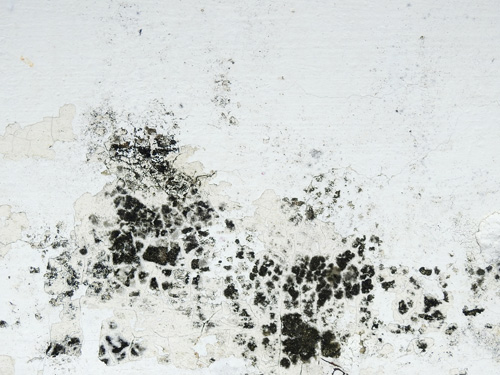If you’ve ever experienced the pounding pain, nausea, light sensitivity, and brain fog of a migraine, you know it’s more than “just a headache.” Migraines are complex neurological events with deep immune and inflammatory roots. For many people, histamine intolerance or mast cell activation is a major—but overlooked—trigger.
And at the center of this inflammation-brain loop? A neuropeptide called CGRP—a key player in both migraines and histamine-driven reactions.
Let’s break it down.
Histamine: The Hidden Trigger Behind Many Migraines
Histamine is a chemical involved in immune responses, digestion, neurotransmission, and blood vessel regulation. It’s stored in mast cells, which are found in abundance in the skin, gut, brain, and blood vessels.
When mast cells are activated—by food, hormones, heat, stress, or environmental triggers—they release histamine. In sensitive individuals, this can lead to a variety of symptoms, including:
- Headaches or full-blown migraines
- Sinus pressure or facial pain
- Nausea and dizziness
- Fatigue and brain fog
- Light and sound sensitivity
In fact, histamine is a known migraine trigger. That’s why so many people get headaches after drinking wine, eating aged cheese, or being exposed to fragrances or heat—all high-histamine stimuli.
The CGRP-Histamine Connection: A Two-Way Street
CGRP (calcitonin gene-related peptide) is a neuropeptide involved in pain signaling and blood vessel dilation. It’s heavily implicated in migraines and is the target of newer migraine drugs like Aimovig, Nurtec, and Ubrelvy.
What’s fascinating is the bi-directional relationship between histamine and CGRP:
- Histamine can trigger CGRP release from sensory nerves, particularly in the trigeminal nerve (the key nerve involved in migraines).
- CGRP can activate mast cells, causing them to release more histamine, creating a feedback loop that intensifies pain and inflammation.
This cycle can spiral:
Trigger → Mast Cell Activation → Histamine Release → CGRP Activation → More Mast Cell Activity → Migraine
For people with mast cell activation syndrome (MCAS) or histamine intolerance, this loop is already primed—and a seemingly minor trigger can set off a cascade that results in a debilitating migraine.
Why Traditional Migraine Treatments Often Fall Short
Many conventional migraine treatments target symptoms (pain relief, anti-nausea medications) but don’t address the root cause—inflammation and immune system dysregulation.
If your migraines come with:
- Flushing or hives
- Cyclical hormonal patterns (especially around ovulation or menstruation)
- Food triggers like wine, chocolate, or cheese
- Sinus symptoms or nasal congestion
- Fatigue or dizziness
- Reactions to heat or environmental changes
…then histamine and mast cells may be the key to understanding your migraines.
What Helps: A Functional Approach to Histamine-Related Migraines
1. Lower Your Histamine Exposure
Follow a low-histamine diet, especially around known migraine windows. Avoid aged and fermented foods, processed meats, leftovers, alcohol, and histamine-liberating items like tomatoes, citrus, and spinach.
2. Stabilize Mast Cells
Natural mast cell stabilizers can reduce histamine release and help prevent the migraine-CGRP loop from getting triggered:
- Quercetin
- Luteolin
- Vitamin C
- Nettles
- Black cumin seed (Nigella sativa)
3. Support Histamine Breakdown
Supplementing with DAO (diamine oxidase)—the enzyme that breaks down histamine in the gut—can reduce the histamine load before it reaches your bloodstream.
4. Address Estrogen Fluctuations
Estrogen increases histamine release. During perimenopause, ovulation, or the premenstrual window (when estrogen drops), histamine symptoms often spike. Supporting hormonal balance with diet, stress reduction, or bioidentical hormone therapy may help.
5. Regulate the Nervous System
CGRP and mast cell signaling are heavily influenced by the autonomic nervous system. Practices like breathwork, cold exposure (if tolerated), and somatic therapies can help regulate this loop.
6. Consider CGRP-Targeted Therapies—With a Holistic Foundation
While CGRP-inhibiting medications can be helpful, they work best when paired with histamine-lowering strategies that calm the entire inflammatory circuit.
The Takeaway
Migraines are more than neurological—they’re neuroimmune events. If you’ve struggled with migraines that seem resistant to treatment, or if your symptoms come with flushing, sinus issues, food reactions, or heat sensitivity, it’s time to explore the histamine-CGRP connection.
Once you interrupt that cycle, relief often follows—faster than you’d expect.






